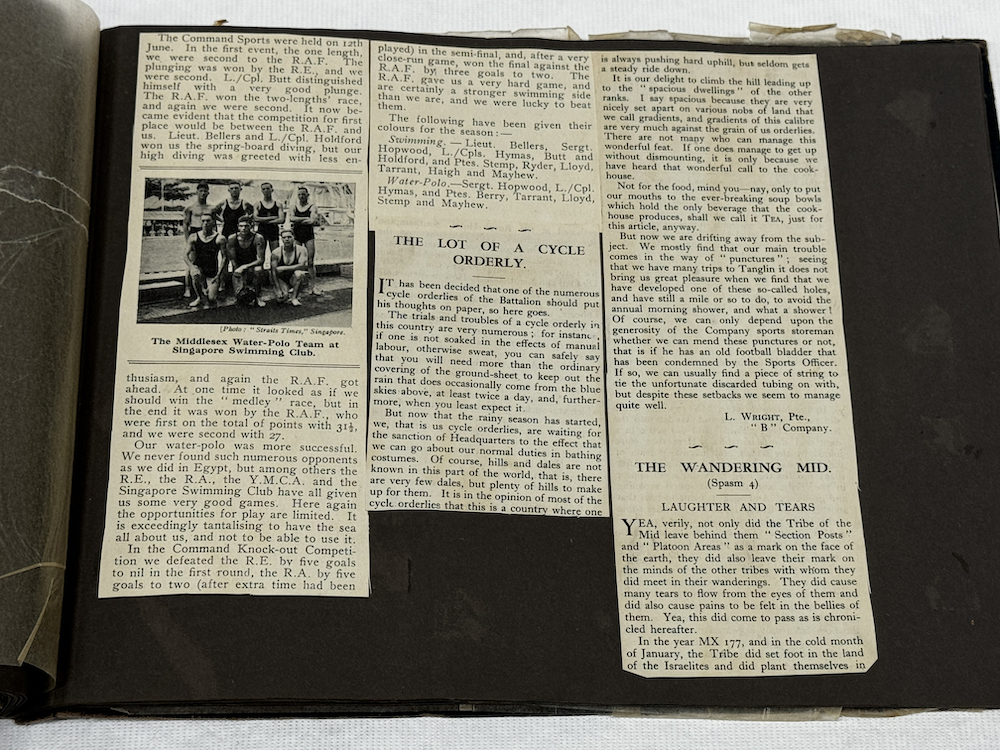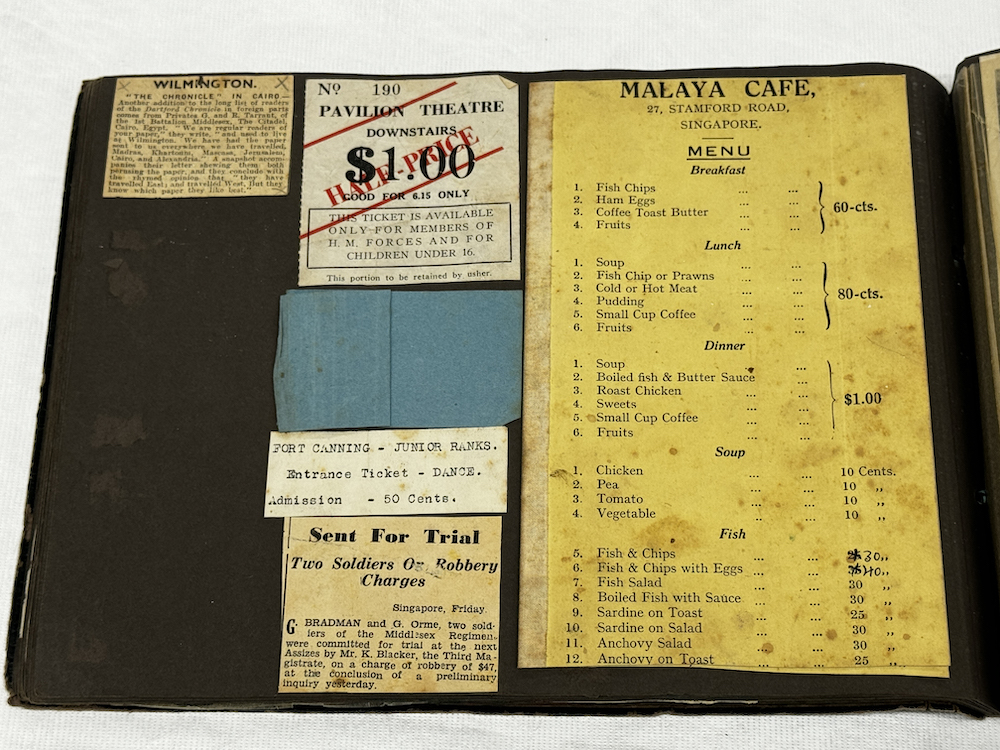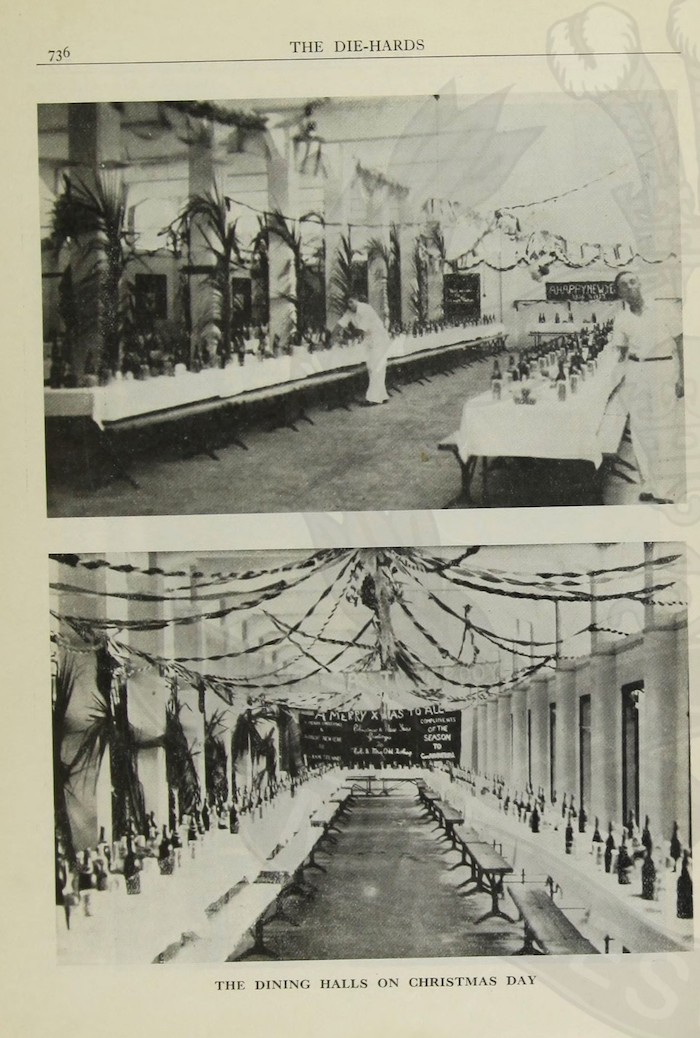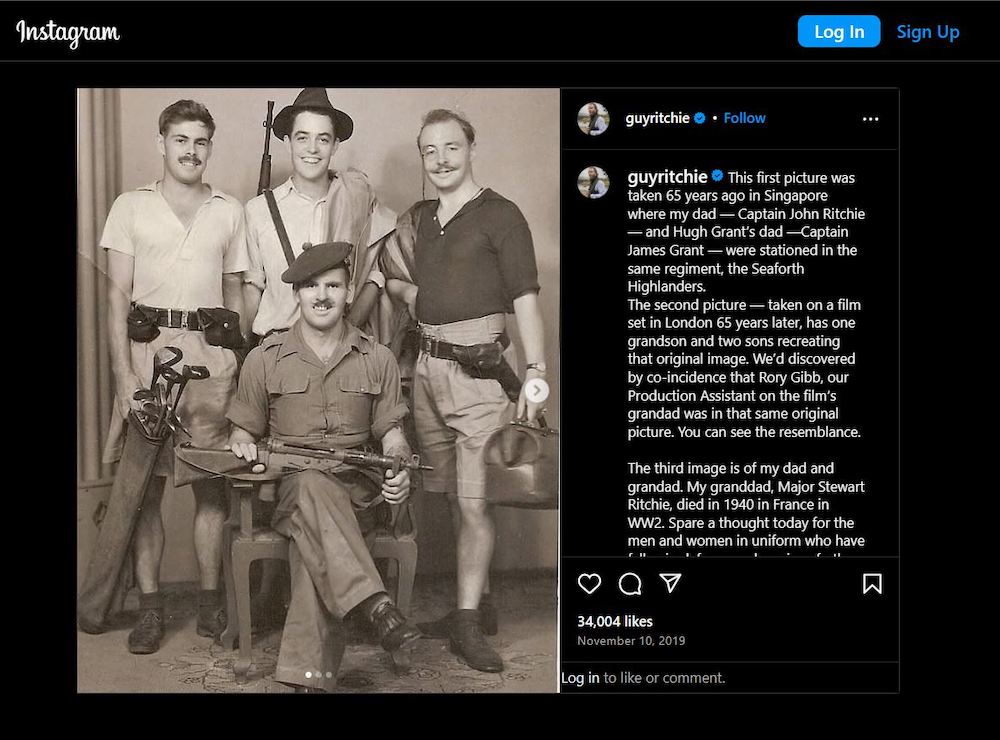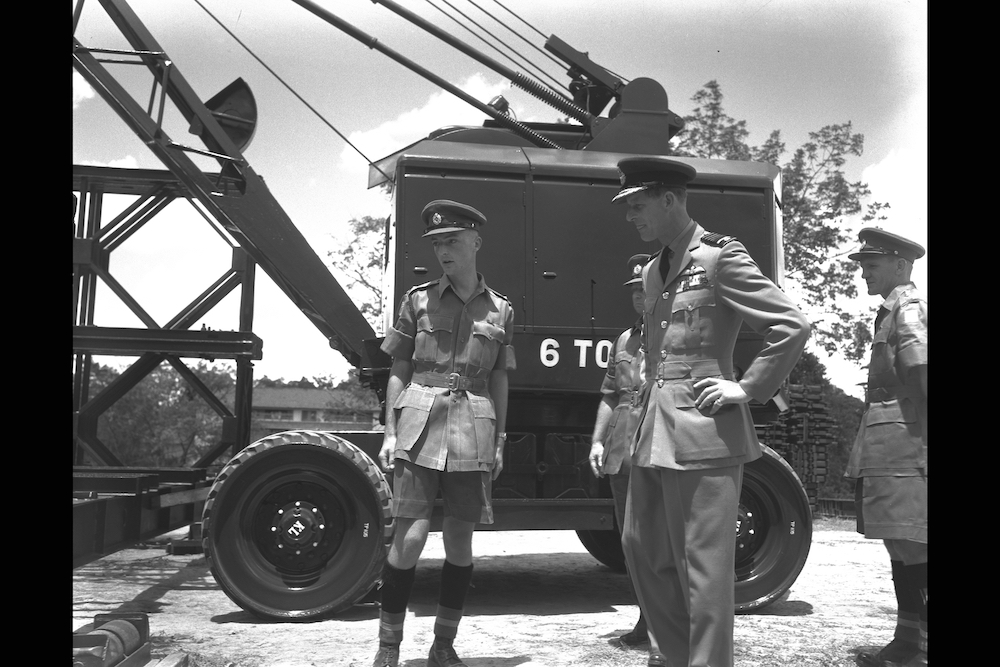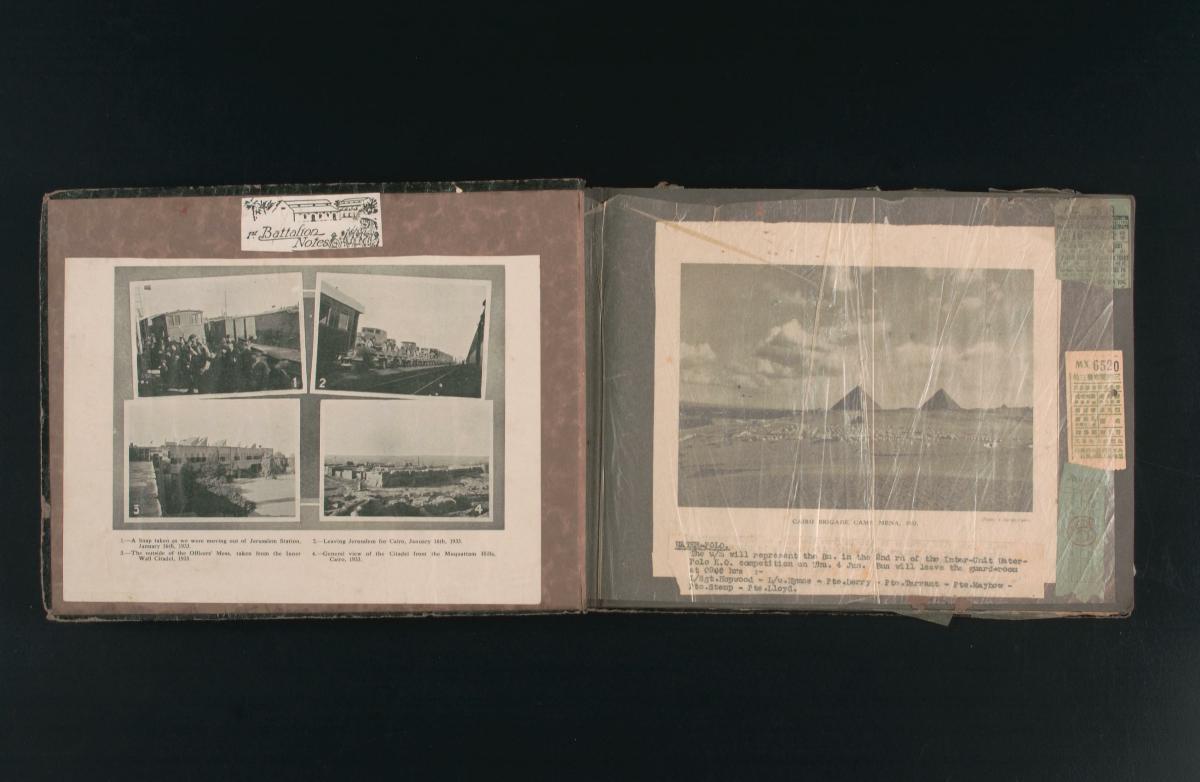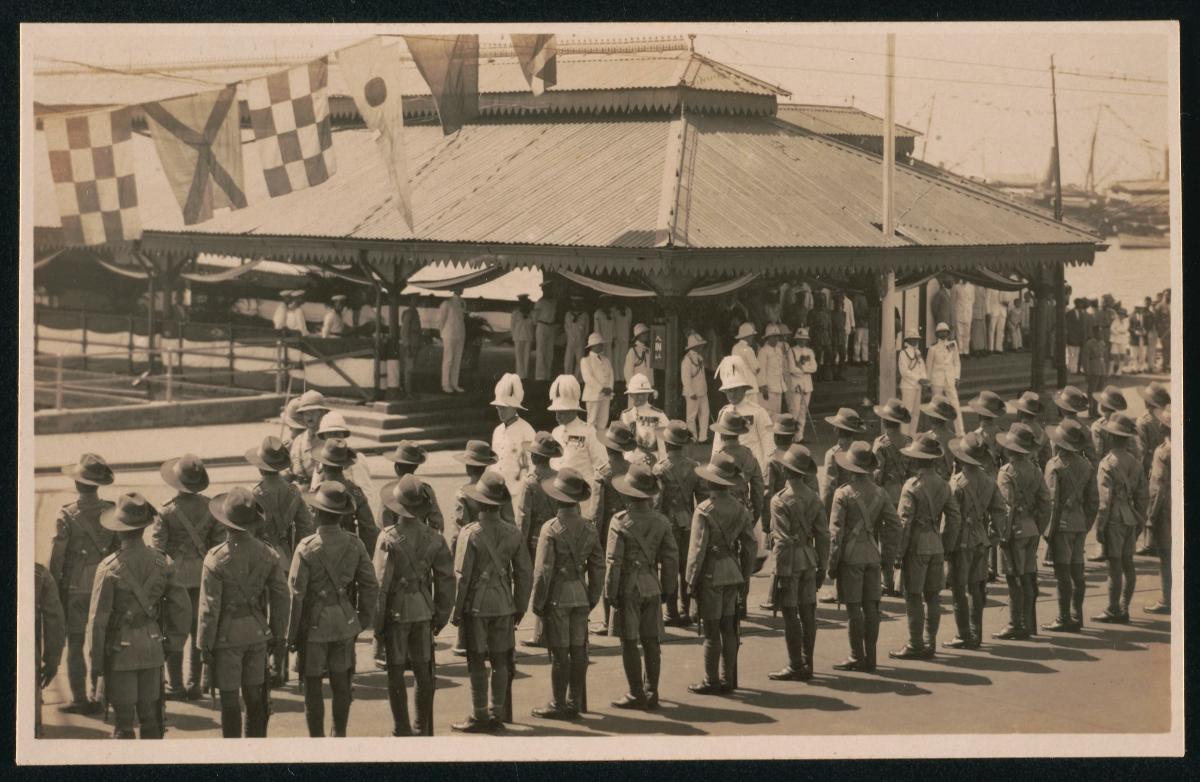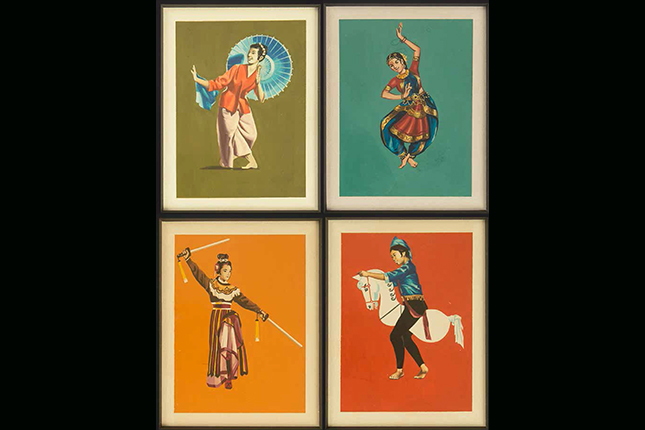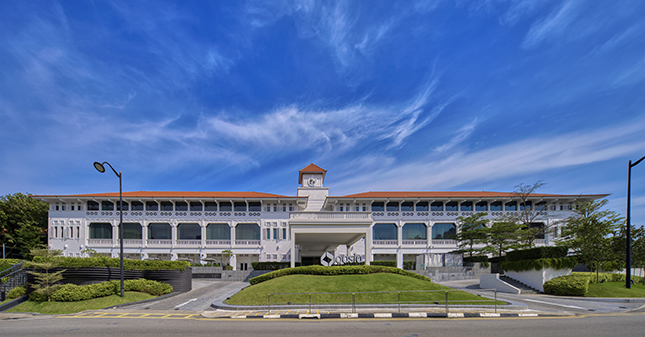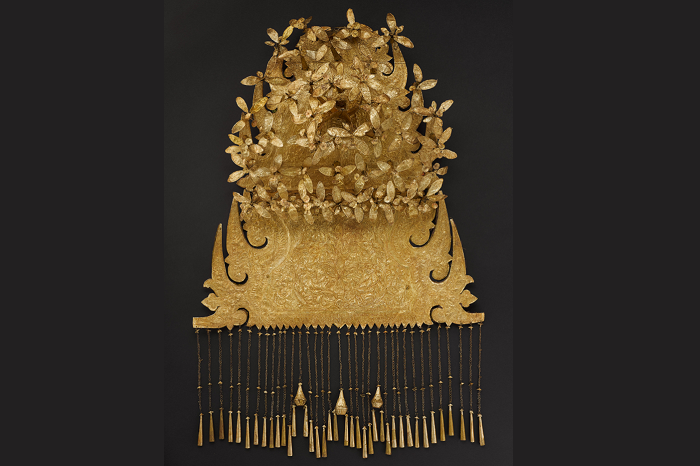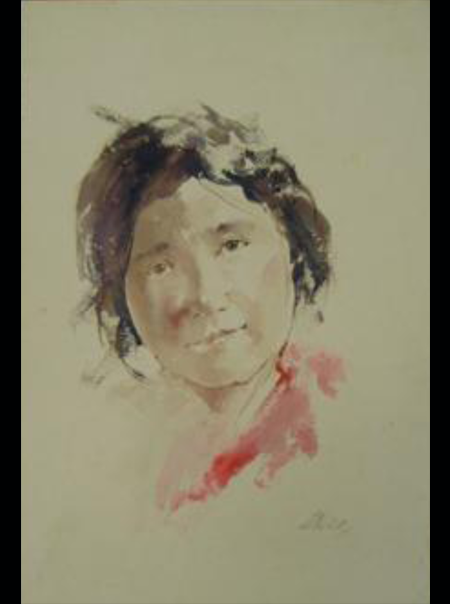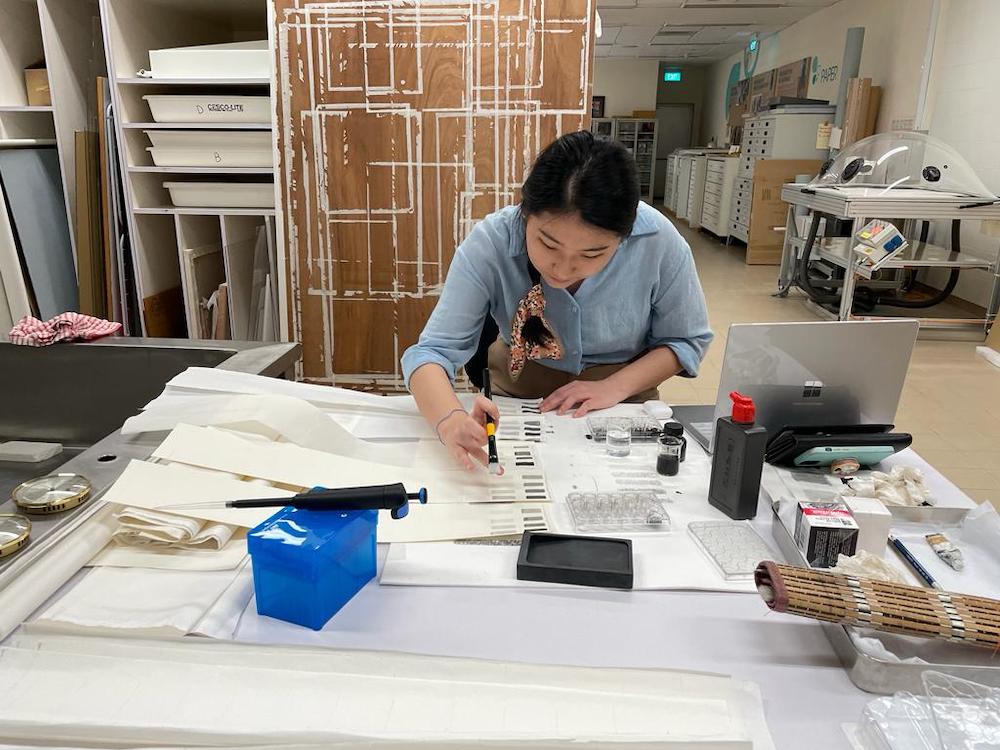TL;DR
Gillman Barracks rumbled to life in 1936 hosting its first ever occupants, the 1st Battalion Middlesex Regiment. Through the lens of one of its soldiers and his well-preserved scrapbook, this article gets to the heart of life at the British military installation. It also highlights significant milestones in the barracks’ history such as the Loyal Regiment's last stand against Japanese forces in 1942, Prince Philip's visit in 1959, and its handover to the Singapore government in 1971.From gunfire to galleries, Gillman Barracks has transformed from a World War II battlefield to a hub of artistic expression. Part of this journey through time is vividly captured in a personal scrapbook, which offers an intimate glimpse into the lives of the barracks’ original occupants and its early days.
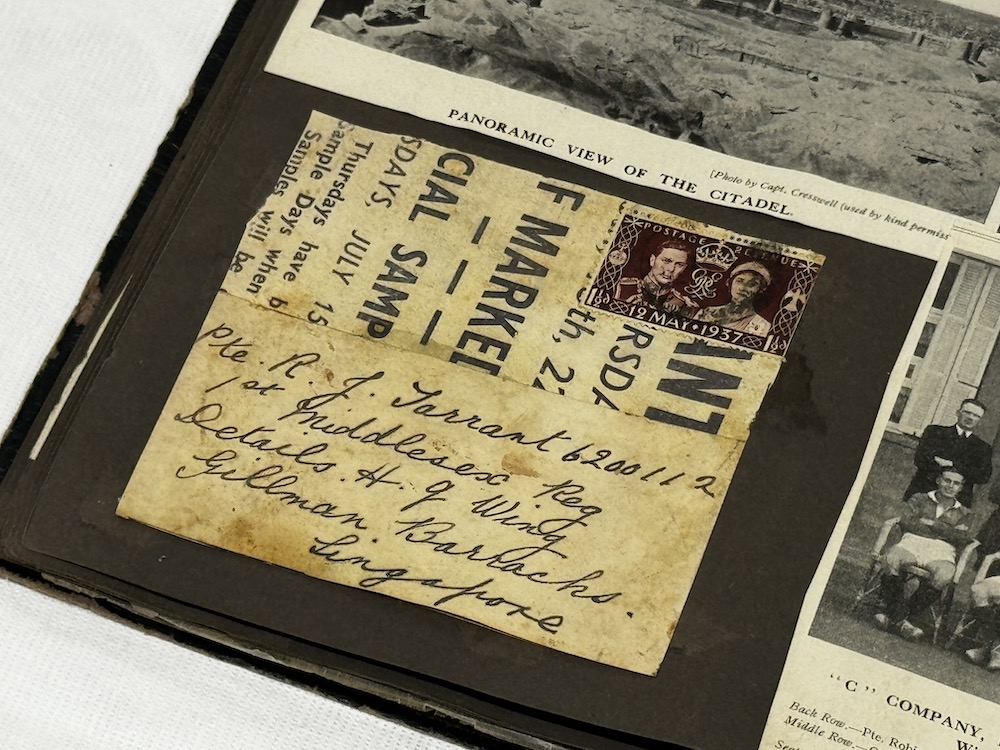
Private Robert J Tarrant’s Story
Private Robert J Tarrant was among 700 men of the 1st Battalion Middlesex Regiment dispatched to bolster Singapore’s defence and double the British Army’s infantry strength. Also known as the “Die-Hards” – the men were the first occupants of Gillman Barracks.
Tarrant kept a detailed scrapbook of his time in Singapore which offers a window into the minds and lives of the regiment. Included in this personal stash is a carefully preserved regimental Christmas postcard which captures a rare aerial view of the complex in 1936, the year of its completion. Rolling hills cradle the site, with newly constructed roads connecting its numerous blocks.
Swapping the Sphinx for ‘Singo’
The first occupants of Gillman Barracks gladly traded the blistering desert heat of Moascar in Egypt for tropical Singapore. Their journey on the SS California culminated in a festive arrival at Keppel Harbour on 30 March 1936.
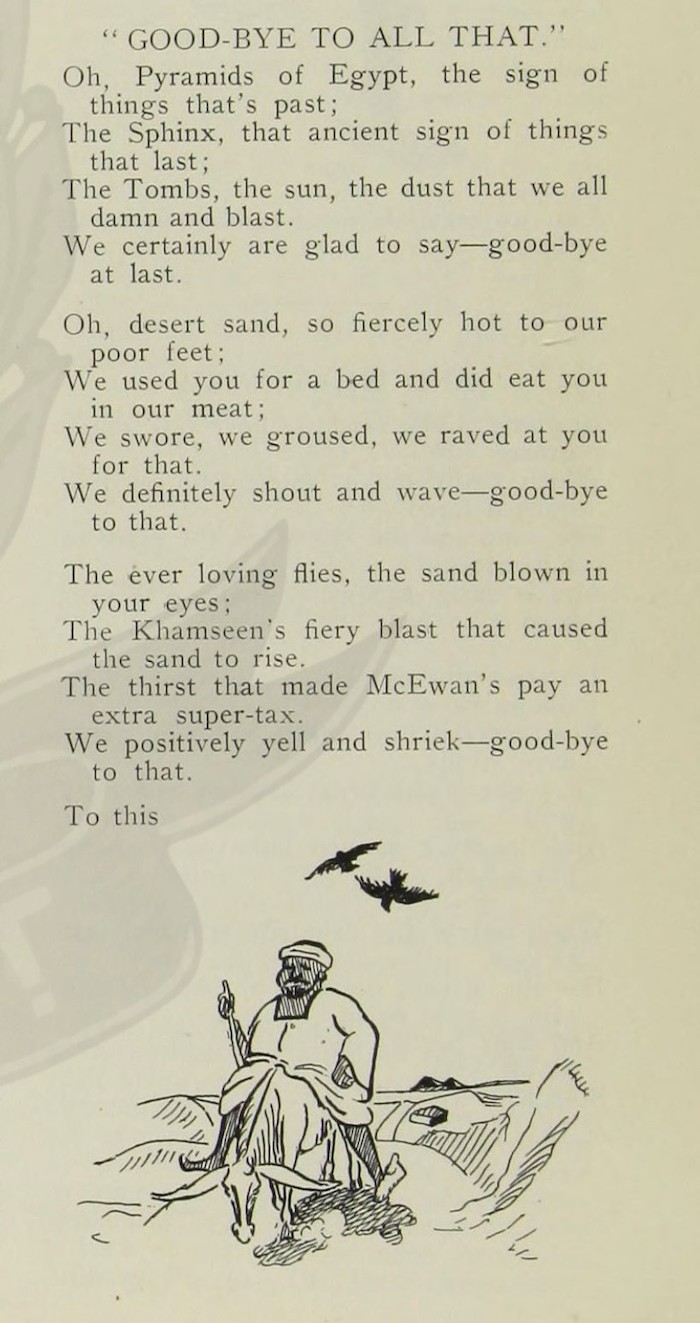
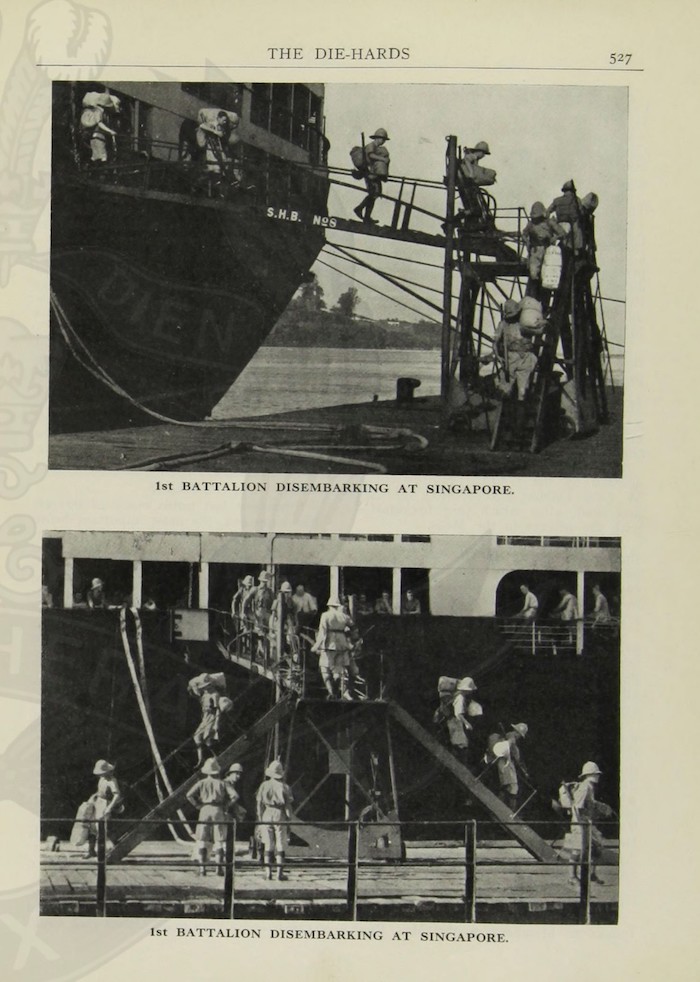
To the skirl of Scottish pipes and the thunder of drums, the regiment marched to their new accommodation the next day. Their first impression of Singapore? The island had “real, everlasting green grass and jungles”. As they entered Gillman Barracks, the smell of fresh paint greeted them, with workmen still scurrying about applying finishing touches.
R&R: Sirens, Hollywood and Cafe Hopping
Private RJ Tarrant’s weathered black leather-bound scrapbook reveals a vibrant social life. In addition to the Gillman Barracks postcard, the scrapbook is filled with photos, old ticket stubs and coupons from his time in Singapore. An avid sportsman and swimmer, he likely visited Fort Canning Hill’s pool. The regiment regularly organised football, rugby, swimming, boxing, hockey and cricket competitions at the barracks.
For meals, Tarrant explored Singapore's early cafe scene. His scrapbook includes a menu from the Malaya Café at Capitol Building, offering fish and chips, sardine toast, and boiled fish and butter sauce, each for a dollar or less.
Evenings were spent at cinemas like the seaside Alhambra picture house at Beach Road, or dancing with sirens in the smoky cabaret rooms of Great World and New World.
Christmas 1936 was also a merry affair. Photos show the barracks’ hall decorated with local foliage, garlands hanging from the ceiling, and tables laden with booze. The day’s programme included cinema screenings, a church parade, and visits from the commanding and company officers.
The War Years and Beyond
The jovial atmosphere was short-lived, and change was on the horizon. The 1st Battalion Middlesex Regiment left Singapore for Hong Kong in 1937. Fierce battles awaited the seasoned 2nd Battalion Loyal Regiment which was shipped in the year after to replace the Die-Hards. The Loyals, who had previously manned the British defence sector in Shanghai during the Sino-Japanese War, was 800 men strong
By February 1942, the 2nd Battalion Loyal Regiment found themselves desperately defending their home of three years against Japanese forces. On 15 February 1942, the last shots of the Malayan campaign were fired. Upon laying down their arms at the capitulation of Singapore, 165 of the original 800 Loyals were present on the final muster. Survivors were marched to Changi and became Prisoners of War.
Post-war, life at Gillman Barracks resumed after the surrender of the Japanese in September 1945. The Seaforth Highlanders Regiment, known for their kilts and Highland war cry, had a stint there from 1947 to 1948. Interestingly, among them were the fathers of Hollywood personalities Hugh Grant and Guy Ritchie. Both Captain John Ritchie and Captain James Grant served with the Seaforth Highlanders during the Malayan Emergency.
A Royal Visit
On March 4, 1959, Gillman Barracks received a VIP guest – Prince Philip, the Duke of Edinburgh. In his signature down-to-earth style, the prince stunned onlookers by defying protocol and jumping out of his helicopter before the crew could set up his landing steps.
The End of an Era
As Britain prepared to withdraw from the region, Gillman Barracks was handed over to the Singapore government for a token sum of S$1 on 21 August 1971. It became the first home of the Singapore Army’s Combat Engineers from 1971 to 1984.
Meanwhile, Tarrant survived the Second World War. He retired in 1969 as a Captain, having received numerous honours such as a war medal and United Nations medal. Tarrant passed away in 1984 at the age of 70, leaving behind a scrapbook and portal into Gillman Barracks’ past.
Today, visitors can explore Gillman Barracks' history through storyboards installed by the National Heritage Board and Singapore Land Authority. Look out for them on your next visit!
This article was written by Melody Zaccheus based on research provided by the National Heritage Board.






